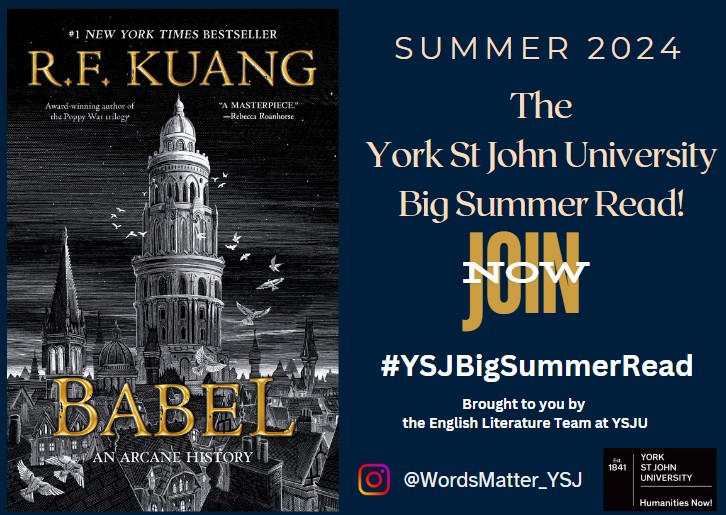As any medievalist knows, you never bring pens into a reading room. Nothing is permitted there that might permanently mark paper or parchment. Readers must examine manuscripts with hands that are clean, dry and – ideally – free of nail polish (though white gloves are hardly ever worn). The object itself should be treated with the utmost care, its position adjusted on a support or “cradle”, the pages turned slowly, the springier leaves held down with weighted “snakes”. Some manuscripts may have bindings that have cracked or come apart, while others may be made of paper or parchment that is flaking away at the edges. At the end of the day every manuscript should be returned to its hiding place in perfect order, without a trace of the reader who has been consulting it.
The very word “manuscript” conveys a sense of pricelessness – of elegantly bound books, careful script and illustrations touched with gold. But of course most manuscripts are humbler objects, some stained and grubby, others filled with parchment that is pockmarked where bookworms have been nibbling away. The words on their pages are often a faded black or brown, with gold nowhere to be seen.
Perhaps because our contact with them is now so restricted, it is difficult to imagine these artefacts being “used”, let alone re-used or recycled. But that was the idea, as Hannah Ryley’s book makes plain. Re-using Manuscripts in Late Medieval England traces the life cycle of medieval manuscripts from preparation to use, and from one owner to another, leading, in some cases, to the repurposing of pages to make or strengthen new books. In this respect Ryley’s book intersects with a broader movement in medieval studies aimed at understanding manuscript waste. As the author points out, many recent studies of medieval manuscripts have resembled “treasure hunts”, with great excitement generated by the discovery of a rare or unknown work among the scraps of parchment used to make a different book. A year and a half ago Tamara Atkin made headlines with her discovery of a lost twelfth-century French poem in the binding of a sixteenth-century book. But such material, Ryley shows, also has much to tell us about how medieval people made, preserved and lived with their manuscripts.
The medieval processes of manuscript re-use and recycling began with the preparation of the material that would eventually form a manuscript’s pages. Parchment was the material of choice in most cases, though medieval paper could also be extremely durable. Broadly speaking, parchment is “untanned hide or skin that has been soaked in solution and then dried under tension”. The skin came from a variety of animals: cattle, sheep, pigs, goats, deer and even seals. Fifteenth-century references to abortivum hint at the use of “so-called uterine vellum” – that is, “especially fine, thin and white parchment, allegedly always made from the skin of stillborn calves or lambs”. Parchment was such a sturdy writing support that it was frequently re-used: the author describes the recycling of parchment in medieval manuscripts as “ubiquitous”. Even damaged parchment was used and re-used – it is not unusual to encounter a torn page that has been carefully repaired with stitches, and cases where the damage has been decorated with stitchwork or ink, while rare, testify to “manuscript repairers’ creative flair”.
The manuscripts on which Ryley focuses her attention are datable to the long fifteenth century. During this period vernacular book production increased dramatically. Not only were more books being made, but more were being sold, resold, gifted, traded and bequeathed than at any previous point in English history. Ryley surveys dozens of manuscripts from this period, from important collections in Oxford, Cambridge and London as well as cathedral libraries, the Huntington Library in California and the Eton College Library. To understand how these manuscripts were recycled she examines both their surfaces and structures and the documents, wills and catalogues that record the movements of individual items from one collection to another. The picture that emerges is of a book culture in which the makers, commissioners, owners and sellers of manuscripts expected these objects to last, and used every scrap of material at their disposal to ensure that they would.
Perhaps the best evidence of this may be found in palimpsests (from the Greek word “palimpsestos, meaning ‘scraped or rubbed away again’”): manuscripts, individual leaves or scraps whose original writing has been removed, though traces of it may still be visible either to the naked eye or with the aid of lighting and imaging techniques. Knives, pumice and chemical washes were used to scrape, polish or rinse writing off the surface of a piece of parchment so that material that had been used to record one text might be re-used in other ways. All of these practices were facilitated by manuscript design: the carefully engineered longevity of medieval manuscripts was precisely what “made possible [their] repair, recycling and re-use”.
Some individuals used manuscripts as collateral in order to borrow money. Others commissioned or bequeathed them as acts of charity. Countless medieval readers used the margins, flyleaves and pastedowns of manuscripts to insert marks of ownership, comments and tiny pointing hands (“manicules”) next to the most important parts of a text. But medieval men and women also repurposed “white space” more creatively, scribbling down alphabets, verses, proverbs, prayers, curses and recipes, all of which Ryley presents as evidence of the “ethos of sustainable […] use” that pervaded fifteenth-century manuscript culture. And this ethos was not solely – or even primarily – driven by economic concerns. Rather it reflected a commitment “to resilience, durability and making well, in addition to sparing use, avoiding waste, recycling pieces of parchment, protecting books, writing into the marginal spaces of books and circulating books second-hand”. Such a commitment was fulfilled with a “considerable skill” that emerges from Ryley’s scrutiny of the parchment scraps used to shore up bindings, the stitches used to repair (or embellish) tears and holes, and the elegantly simple limp bindings that protected a manuscript’s contents.
Did practices of re-use and recycling vary according to genre, language, or topic? Do we see the same practices at work in manuscripts from other parts of medieval Europe (or at other points during the Middle Ages)? And to what extent did this ethos of sustainable use continue beyond the fifteenth century? Re-using Manuscripts is an invitation to set aside the familiar restrictions of the reading room and to ask new questions, even if some of the answers lie outside its scope.
As I reached the end of Hannah Ryley’s fascinating study I found myself wondering what medieval men and women would think of our twenty-first-century libraries. Would they applaud the strenuous efforts made to preserve manuscripts, or would they find our delicacy a bit odd? Of one thing I’m sure: they would not have been surprised to see the manuscripts themselves. One affordably produced religious text, an English translation of the Speculum ecclesie, was commissioned by an unnamed individual “for a comyn profite”, as a note on the final pages puts it. The manuscript is made up of bits of parchment cut away from the edges of a larger sheet, probably used to make another manuscript of higher quality. But even this scrappy assemblage was built to last, and to be passed from one reader to another for “as longe as the booke enduri[th]”.
Mary C. Flannery is a writer and medievalist based in Switzerland. Her most recent book is Practising Shame: Female honour in later medieval England, 2019
Browse the books from this week’s edition of the TLS at the TLS Shop
The post Literary treasure hunts appeared first on TLS.




